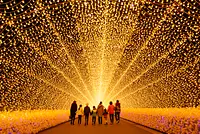Stroll through Moroto Garden and KyukaPark and enjoy the irises and blue maples. I felt like I was a guest of honor during the Edo and Meiji eras and enjoyed the atmosphere of early summer! [Interview date: June 2018]
掲載日:2018.06.06
June is the season for irises. The Morotoshi Garden in Kuwana City, a castle town in KuwanaCity, is open to the public during the irises season. You can also enjoy the tea room that was visited by historical guests and the blue maple leaves. We will also introduce you to the irises blooming at Kyuka KyukaPark ruins of Kuwana Castle, and the stock division event.
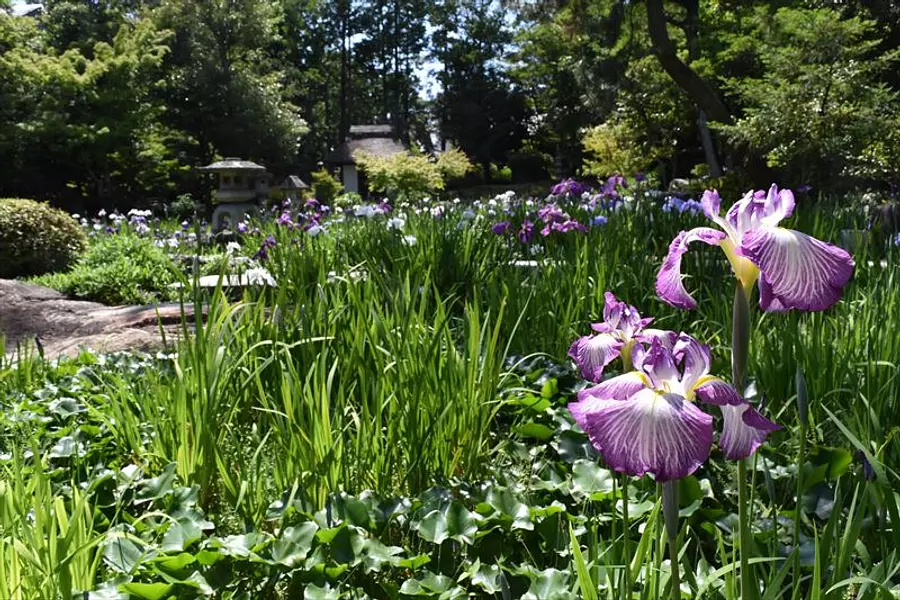
First, visit the Morotoshi Garden, which is open to the public twice a year in spring and fall.
This place passed to the wealthy merchant Mr. Hikozaemon Yamada during the Edo period, and then to the first Mr. Seiroku Moroto during the Meiji period. It is said that both Mr. Yamada and Mr. Moroto used it as a special place to entertain important guests. The facility is currently managed and operated by the Moroto Foundation.
*Spring 2019 public opening will be from Saturday, April 27, 2019 to Sunday, June 16, 2019 (scheduled)
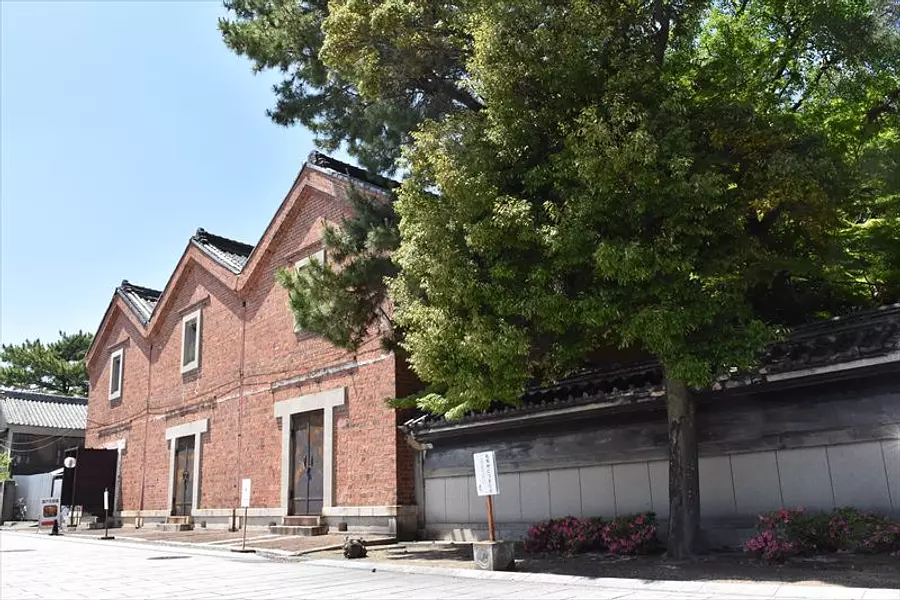
There was a waterway across the road. In the past, lumber and rice produced in the upstream area were transported along the river and accumulated here.
This warehouse was a rice storehouse. Before the war, there were five warehouses in a row, but two of them are said to have been lost in the war.
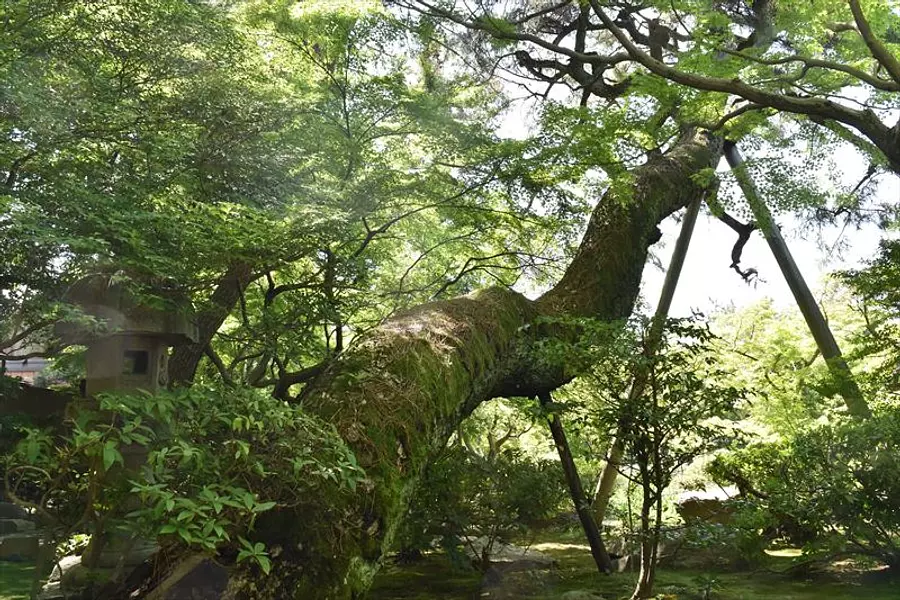
The beautiful scenery made me feel like I was a guest of honor.
The guide says proudly, ``It's as beautiful as Ohara Sanzen-in Temple in Kyoto, right?'' I couldn't help but nod deeply at those words.
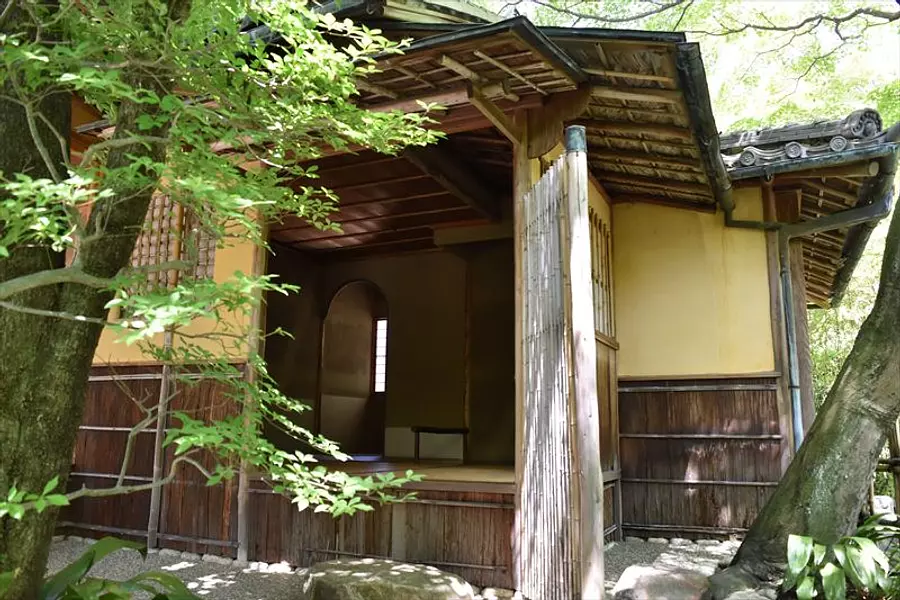
To support this story, there was a "nobleman" entrance that allowed you to enter the room with your head held high.
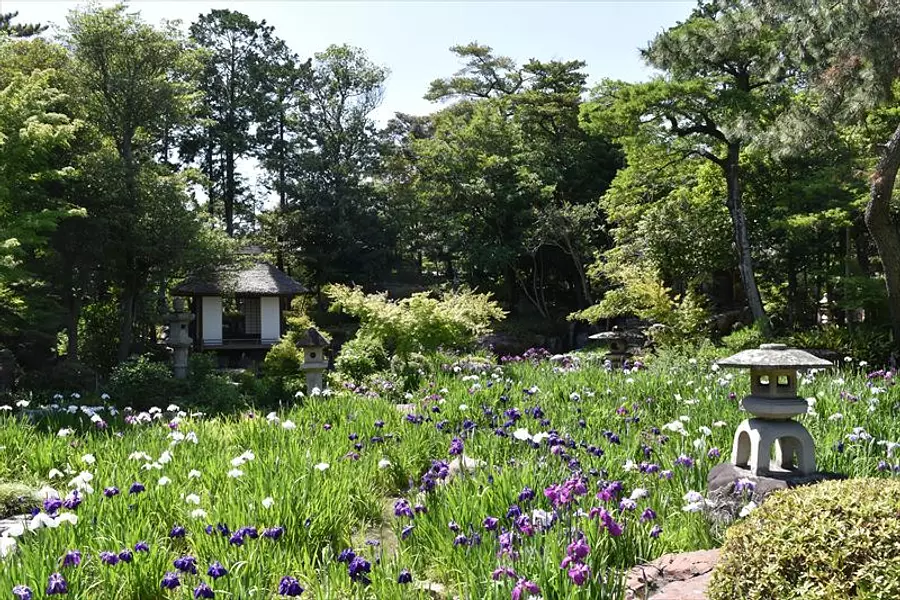
There are 120 islands in the garden, and more than 20 types of flowers are in full bloom. It is said that there are about 8,000 irises, but even gardeners can't count them.
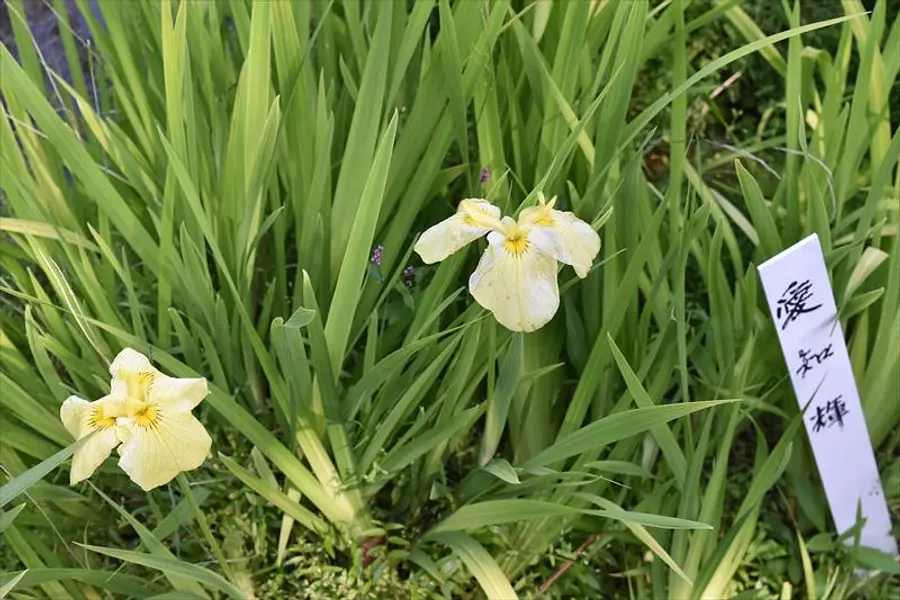
This flower is said to be a variety called ``Aichi no Kagayaki.''
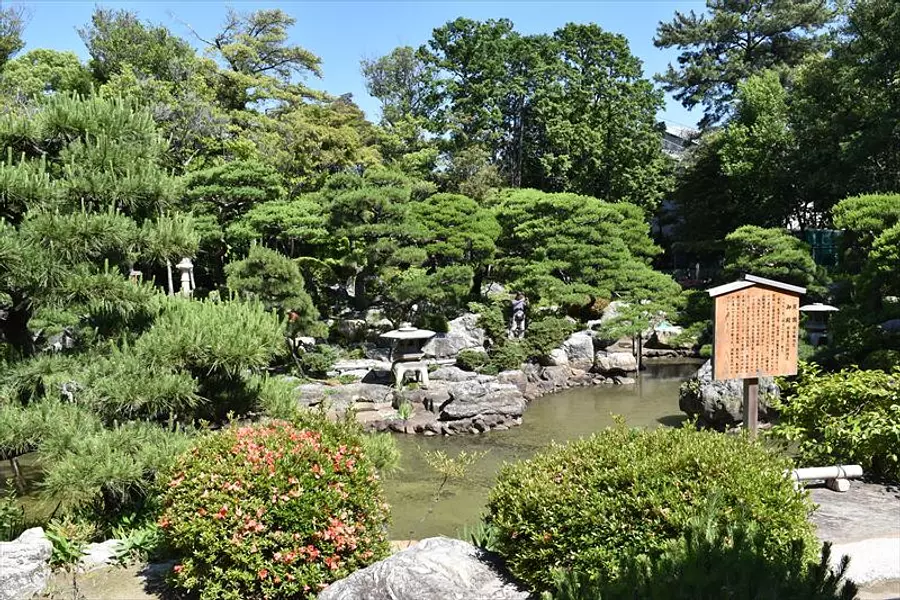
It is said that politicians such as Shigenobu Okuma, who are familiar to us in history class, have also visited. On this day, the water was being drained for maintenance, but when it is filled with water, it will create a landscape of Lake Biwa.
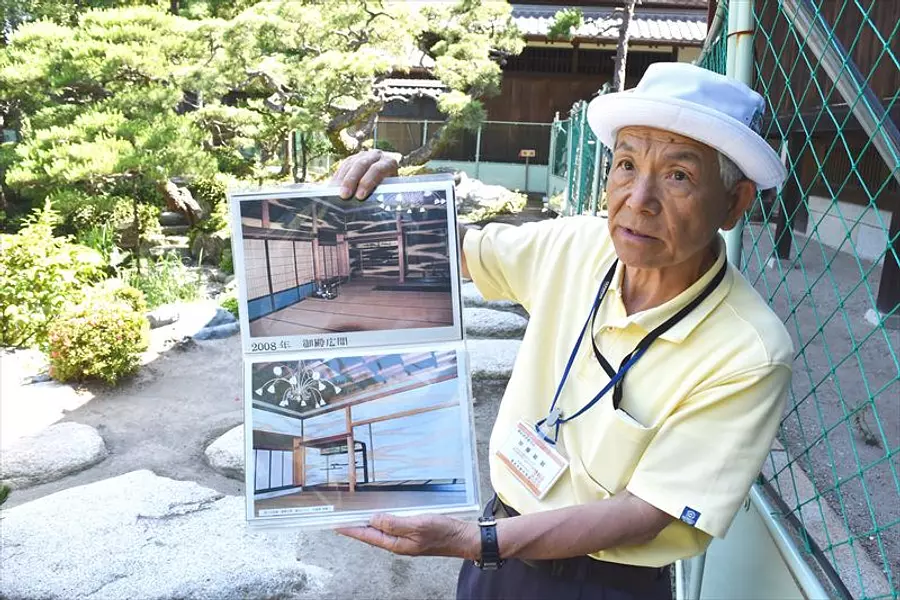
The guide showed us what it looked like before. Construction is scheduled to be completed in 2022. I'm looking forward to seeing it completed.
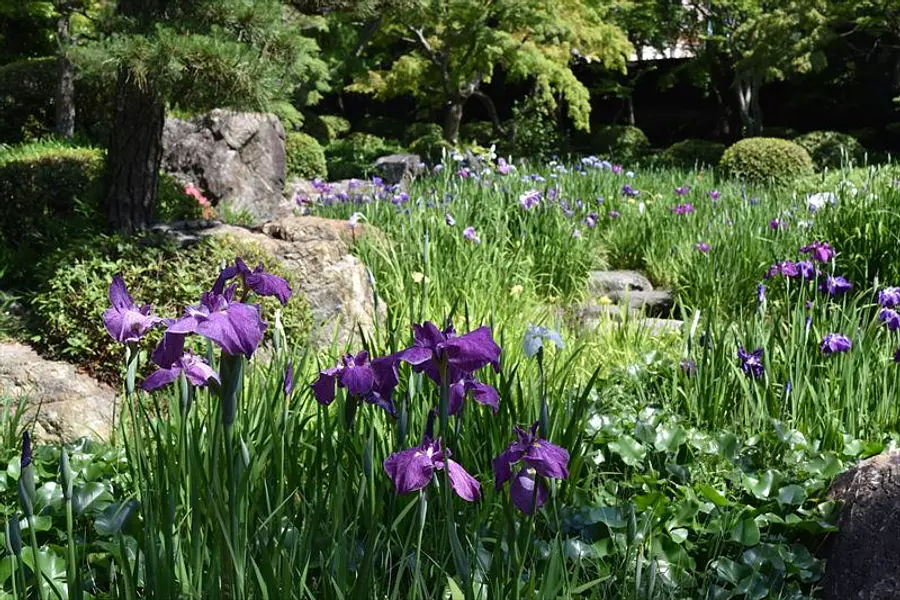
That's no wonder, because at that time, many more tea rooms were built in gardens, and they were built so that they could be seen beautifully from any tea room.
The scenery from the existing buildings ``Suikotei'' and ``Banshoken'' is also worth seeing. Why not enjoy it with precious woods and stones as well?
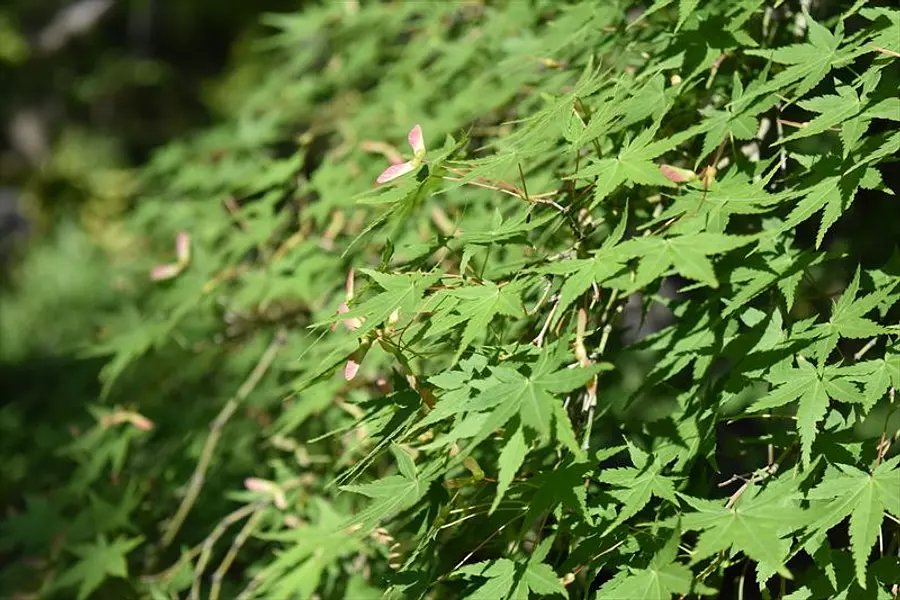
It seems that a bright red tunnel will appear on the cobblestones. It's fun here.
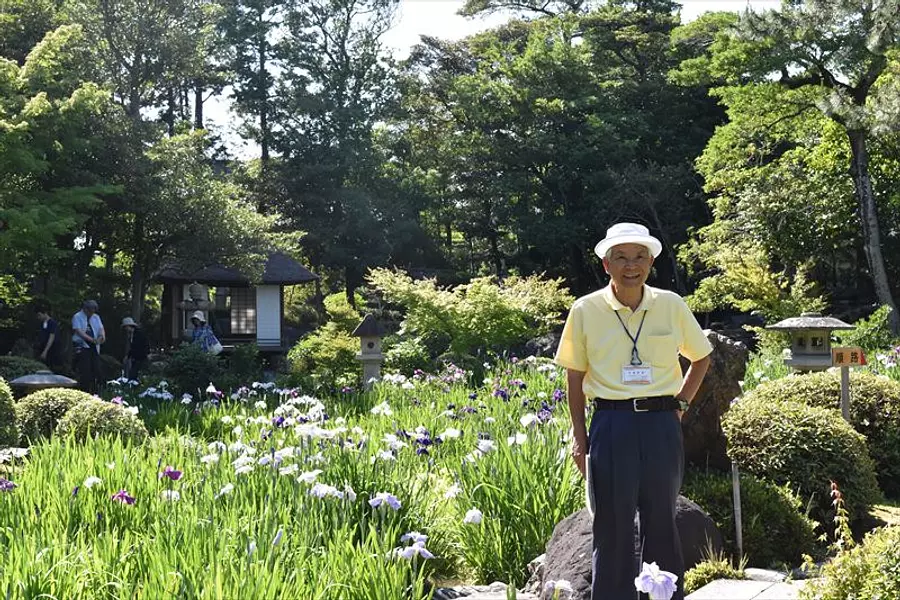
A tourist guide will be available if you apply at KuwanaCity Bussan Tourist Information Center at least one week before your desired date.
Mr. Kato is a big fan of the Moroto Garden. ``When the weather and the direction of the sun change, the garden takes on a different look.Please visit as many times as you like.''
[Moroto Garden]
Address: 18 Taichimaru, KuwanaCity, Mie Prefecture
Phone number 0594-25-1004
◎Open only in spring and autumn (Spring 2019 release scheduled from April 27th (Saturday) to June 16th (Sunday))
Visiting hours 10:00-17:00 (Last admission 1 hour before closing)
Admission fee: 500 yen for adults, 200 yen for elementary school students and under, free for children under 3 years old
Closed on Mondays (the next day if Monday is a holiday)
Official site here
[KuwanaCity Tourism Volunteer “Kuwana History Guide Association”]
Reception location KuwanaCity Products Tourist Information Center
Address: 2 Kuwaei-cho, Kuwana KuwanaCity (1st floor, Kuwaei Mate)
Phone number 0594-21-5416 Usage fee
Free guidance (transportation and tour fees are to be paid by the user)
Official site here
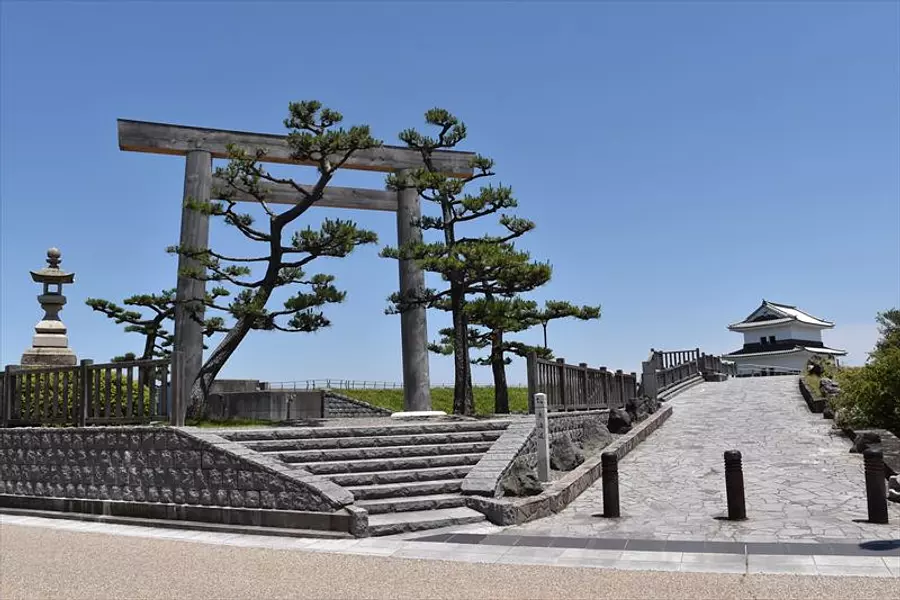
Along the way, we saw the ``Shichiri no Watashi''. When visiting Ise from the Edo area, it is said that the boat would arrive here after crossing the sea from Atsuta. Currently, there were people walking, families with children, and cyclists coming and going.
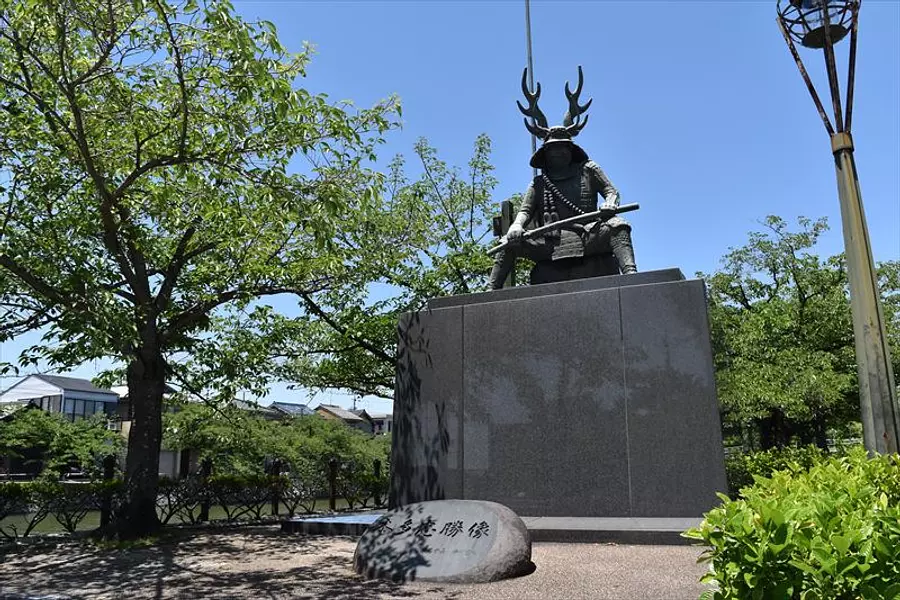
It is said that after the Battle of Sekigahara, Honda Tadakatsu, one of the Tokugawa Four Heavenly Kings, entered Kuwana and developed the Kuwana castle town.
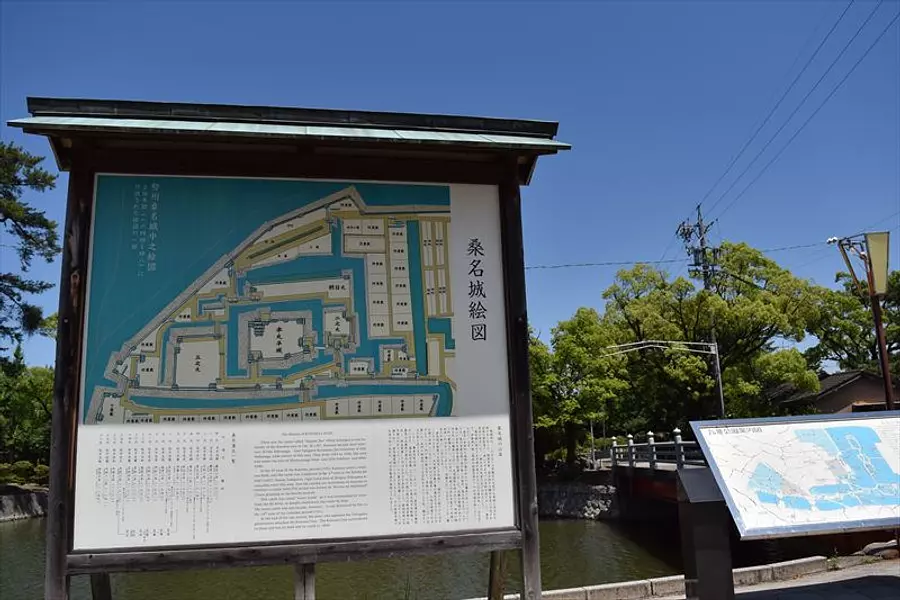
It seems that the area is about 7.20 ha. Nowadays, it is also famous as a cherry blossom viewing spot.
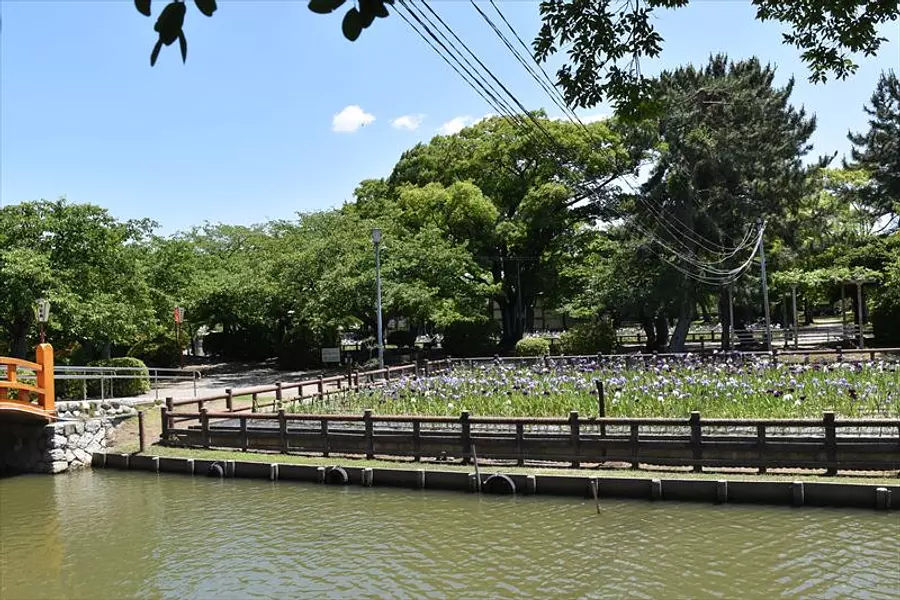
This is one of the irises gardens in the park. It is said that about 4,000 plants are in full bloom.
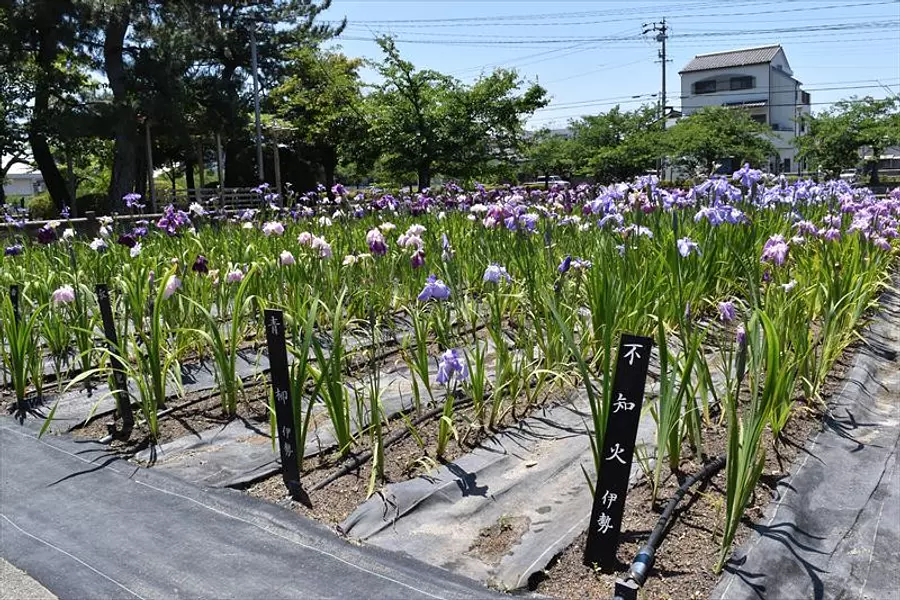
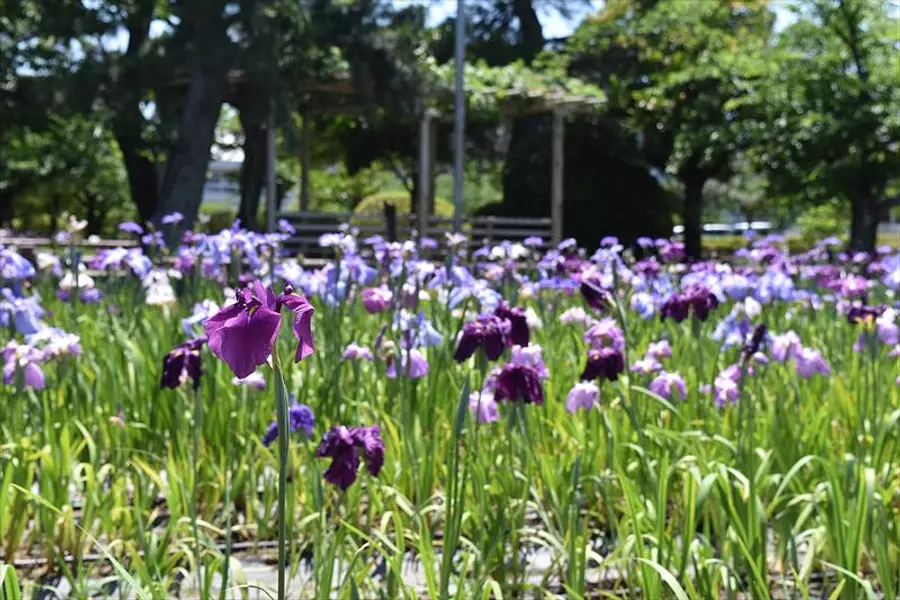
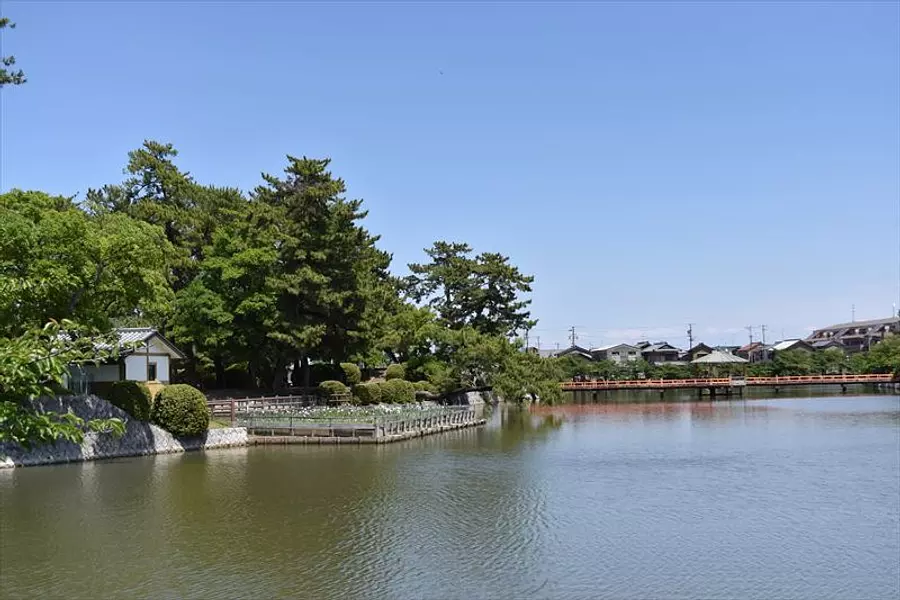
When I spoke to a park management staff member, I was told that the flowers are blooming more beautifully in the other section.
Even if they appear to have the same growing environment, the amount of sunlight may be different.
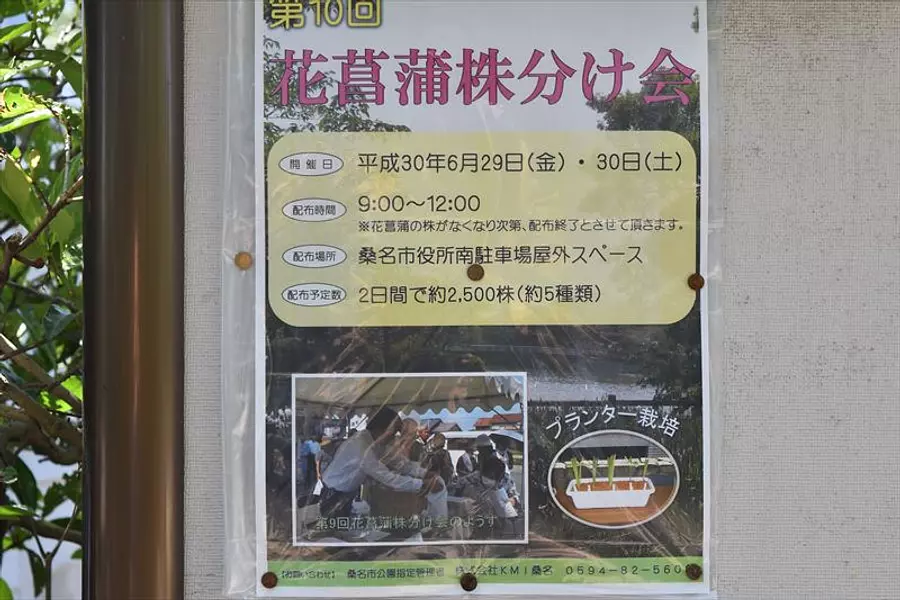
The 2018 distribution event will be held on June 29th (Friday) and 30th (Saturday) from 9:00 a.m., and will end as soon as supplies last.
The event will be held at the outdoor space KuwanaCity. Approximately 2,500 shares of approximately 5 types will be distributed over the two days.
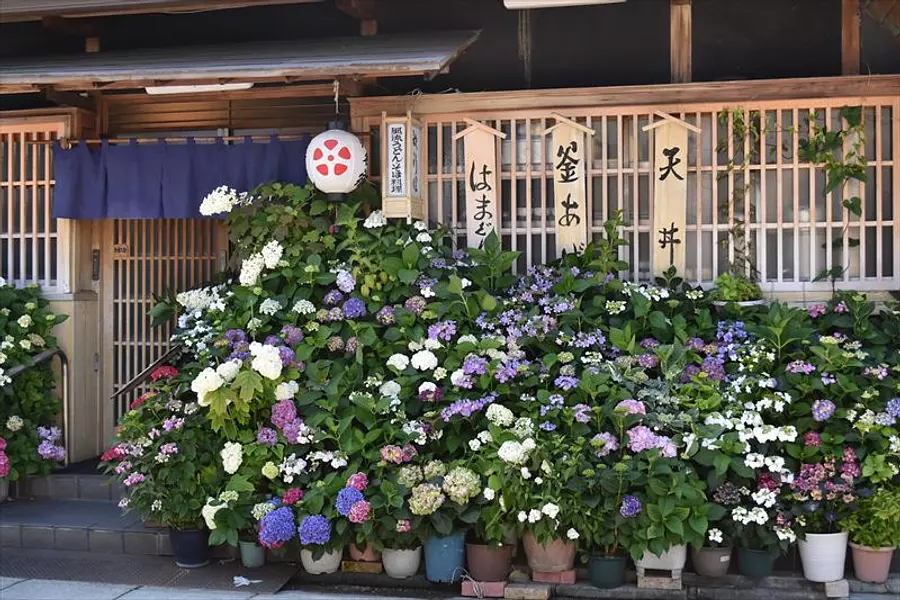
I felt a sense of hospitality towards travelers, typical of a historic town. June is the month when the irises bloom and you can enjoy a pleasant walk around town.
Be sure to visit before the rainy season sets in, or during your break during the rainy season.
[KyukaPark]
Address: 5-1 Yoshinomaru, KuwanaCity
Phone number 0594-21-5416 (KuwanaCity Products Tourist Information Center)
Admission fee: Free (Parking lot: 200 yen per day for regular cars)
Closed days: None
KyukaPark “Iris Festival”
*Scheduled to be held from June 1st (Saturday) to June 15th (Saturday) in 2019
*Visiting the iris garden is free even outside the period.
*Interview date: June 2018
| Category | |
|---|---|
| season | |
| area |
Related spots
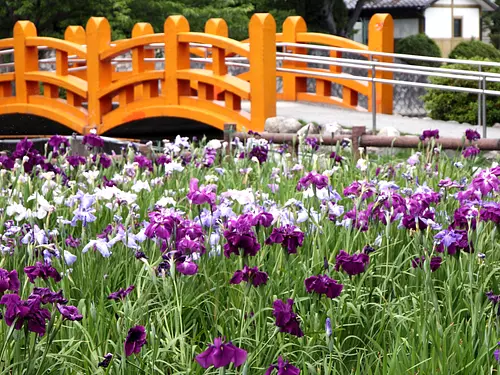
Kuwana Castle Ruins/ KyukaPark
Northern forces
KuwanaCityThis park, which occupies the former Honmaru and Ninomaru areas of Kuwana Castle, covers an area of approximately 7.2 hectares. The park is home to cherry blossoms in April, azaleas in May, and an iris festival in June. KyukaPark is also enjoyed as a famous cherry blossom spot, and the Sakura Festival is held every year. It is a famous cherry blossom spot where approximately 450 Somei-yoshino, weeping, and wild cherry trees are in full bloom, and you can also enjoy the cherry blossoms at night. Click here for the iris flowering situation in 2024 Mie Flower Calendar Click here for other iris spots in Mie Prefecture Mie Iris Spots 2024 Edition [KyukaPark Sakura Festival] Date: Saturday, April 1, 2023 - Saturday, April 15, 2023 Click here for the cherry blossom flowering situation in 2023 Mie Flower Calendar Click here for other cherry blossom spots in Mie Prefecture Mie Prefecture Cherry Blossom Spots Featured 2023 Edition
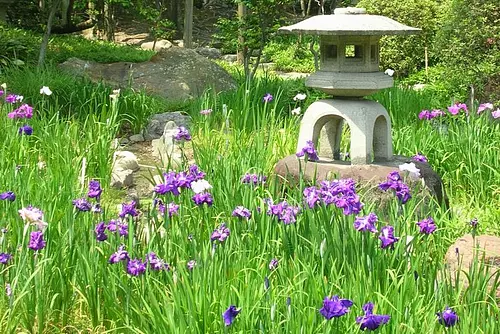
Moroto Garden
Northern forces
KuwanaCityThe garden area is 8,000 tsubo. There is a garden in one part of Moroto Seibun's premises. This garden uses pond water to add a touch of beauty to the landscape. In addition, there is Gosei Shoin and Suishotei. In principle, it is closed to the public, but it is open to the public, and you can enjoy the irises and wisteria in the spring and the autumn leaves in the fall. The building is a nationally important cultural property, and the garden is designated as a national scenic spot.


